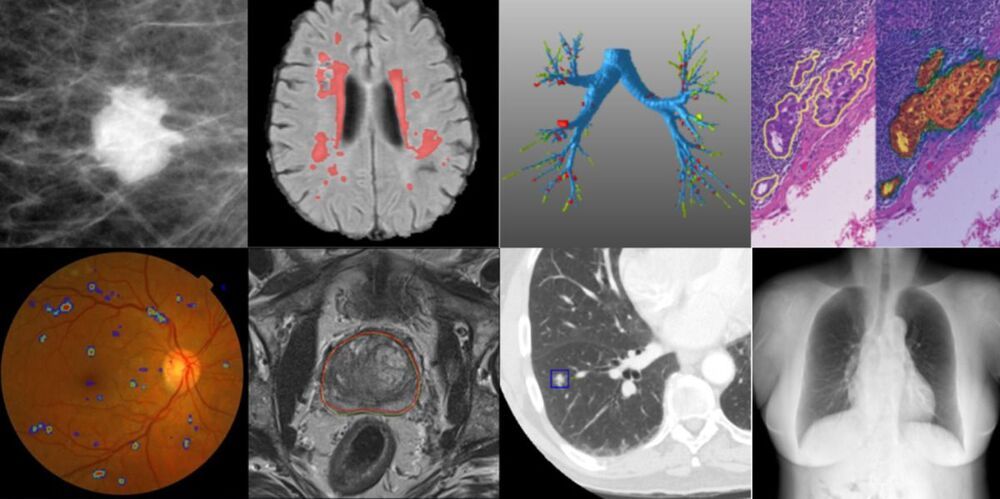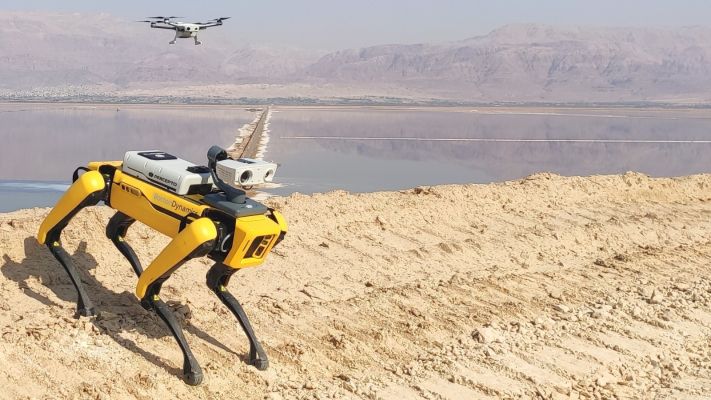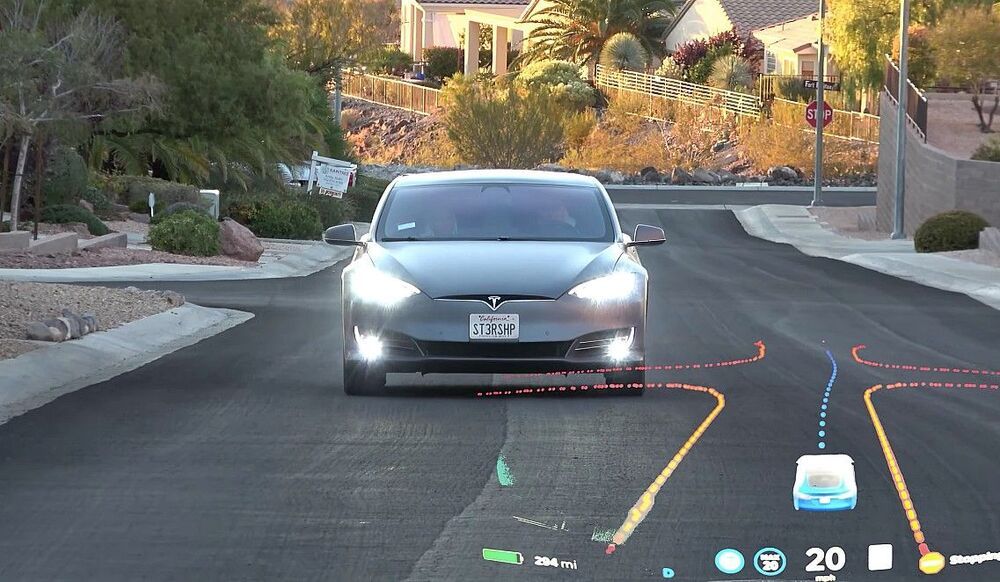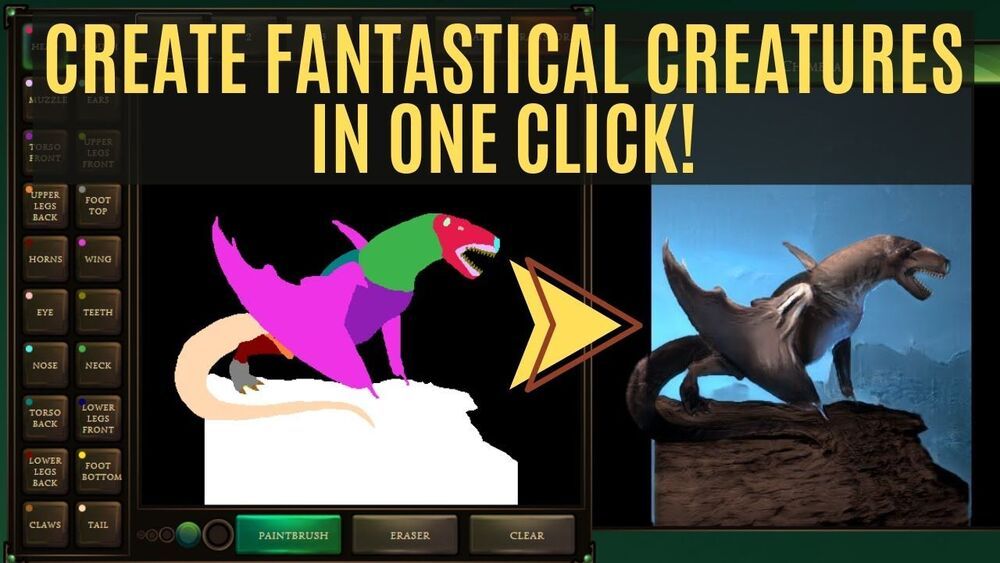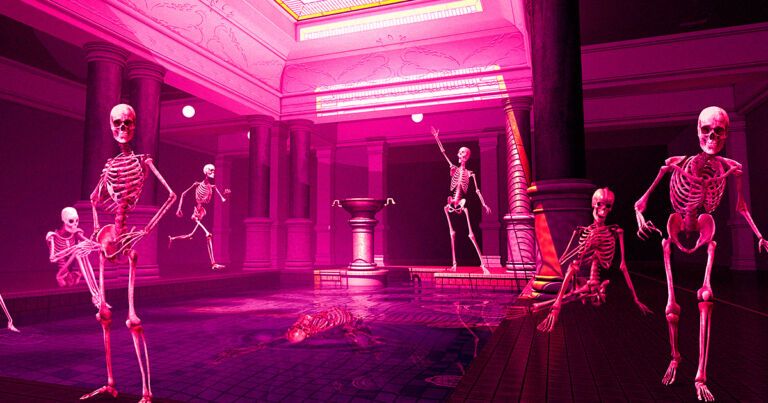My most recent article published in my LinkedIn profile. Opinions and thoughts are welcome.
Elon Musk has been warning for years of the risks that the progress in AI can pose to humanity. Long story short, his position is that AI, once it eventually becomes AGI, is going to be so advanced that it will make humans irrelevant.
In order to prevent this from happening, Elon Musk argues that a symbiosis between the human mind and AI is necessary, so that a sort of “Brain Computer Interface” or BCI allow humans direct communication with the cloud, and allow to process information at the speed that things are done in the cloud. Also, it would allow to limitlessly increase the scarce memory that our brains are capable of holding.
Elon argues that the interface with our mobiles and with PCs, as it requires the use of fingers, is chaotically slow and inefficient. Even if voice commands were much better than they are today, it would be still cumbersome compared with what would suppose being able to interact directly through our thougths.

